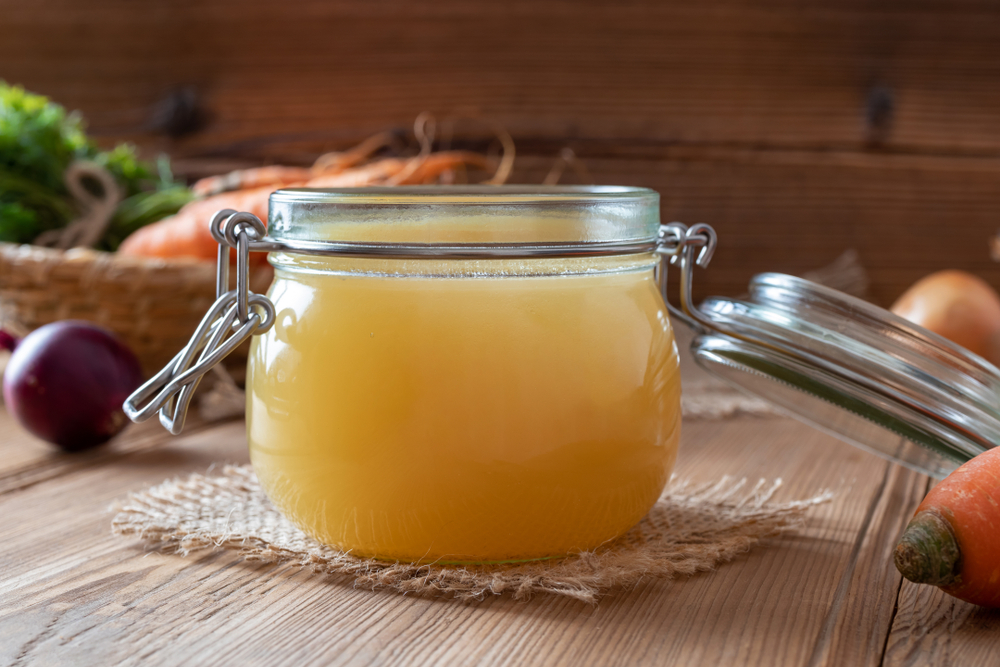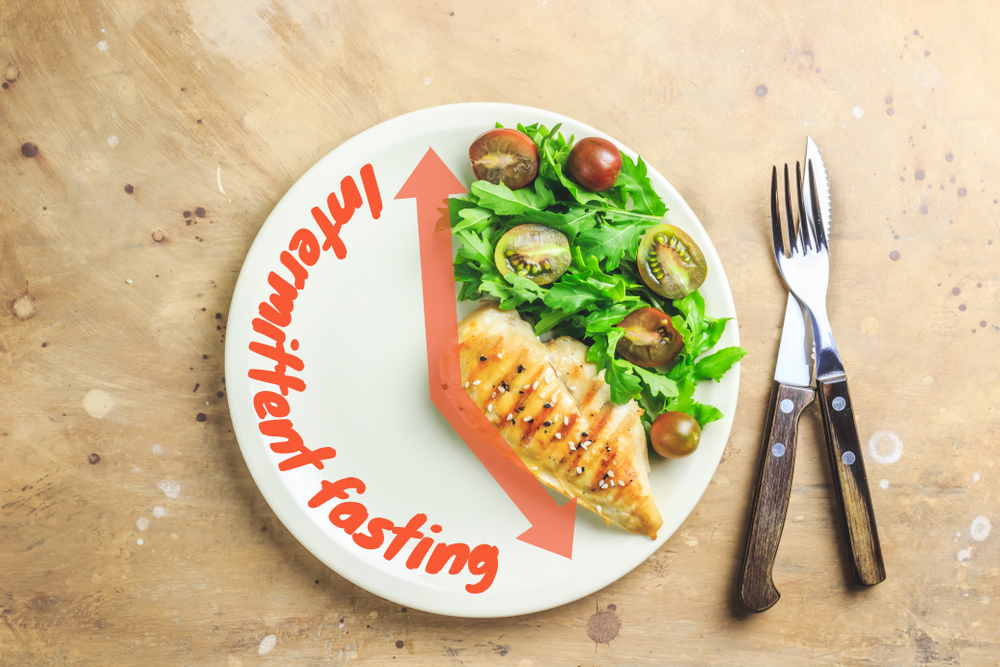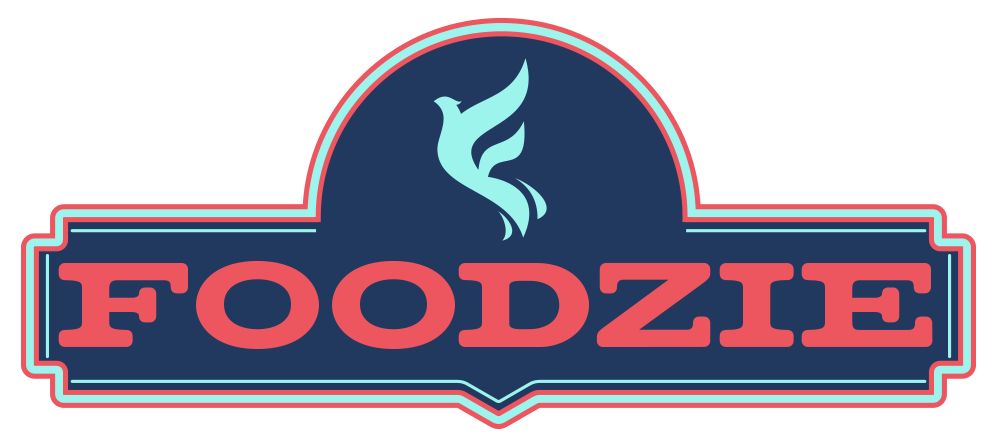Fasting is a popular trend for improving health and dietary practices and is often done in intervals of one to three days. While it may seem like a new alternative to fad diets, fasting dates back centuries ago as common practice for cultural, religious, and health reasons. Today, it’s making a comeback as a beneficial way to lose weight and enjoy the benefits of short and long-term patterns.
A shorter version of fasting over one or more days is known as intermittent fasting, which is done over eight or more hours a day. This method varies depending on the number of hours dedicated to fasting and eating. For example, the 16:8 schedule refers to sixteen hours of fasting and an eight-hour window for meals. There are significant benefits to fasting, including controlling blood sugar levels, reducing insulin resistance, and improving cholesterol.
One of the biggest questions many people ask before they begin is: “What can I drink while fasting?” While some people prefer dry fasting, which requires completely abstaining from all drinks and food, including water, regular fasting allows for some drinks, provided they do not raise blood glucose levels, which will break the fast. The following drinks are allowed during a fast and have no impact on the fasting process. You may include drinks that do not include fruit, dairy, sugar, or any ingredients that will interfere with the benefits of fasting.
Water
Water is ideal to drink while fasting, as it provides adequate hydration and contains no calories, which doesn’t impact the fasting process. You can drink as much water as desired, which is especially important if you exercise or remain active during a fast. If drinking plain or filtered water doesn’t appeal to you, try lemon water or unflavored sparkling water as a great alternative.
Some brands of sparkling water may contain flavors or sugar-free sweeteners. It’s essential to thoroughly review the nutrition label and determine if any ingredients impact glucose levels in the body, either by natural fruit extract that contains sugar, or an artificial additive, which may also have a similar impact.
Black Coffee

If you want to enjoy a caffeine fix on a fasting day, black coffee is permissible and will not break a fast. Since black coffee contains very few calories and functions to suppress your appetite, drinking coffee is a great way to help people stick to fasting, especially when it proves difficult.
While it’s tempting to add a bit of milk, cream, or sweetener to your coffee, it’s best to refrain from this, as it will break the fast. If you find black coffee challenging to get accustomed to, some low-carb sweeteners may be an option, though it’s crucial to read the ingredients and clarify if any calories may increase blood glucose.
Black Tea
Like coffee, black tea is another drink you can drink while fasting. You may find some unsweetened tea easier to enjoy without milk or sugar, especially if it’s brewed mildly. It’s best to stick with orange pekoe, English breakfast, and other variations of black tea and avoid fruit-flavored or spiced teas, which may include calories and a hint of sugar. Black tea similarly contains caffeine like coffee, which helps curb hunger.
Green Tea
A pleasant tasting drink, green tea is a great option that helps you feel full and energetic with just the right amount of caffeine. If you prefer a chilled drink, you can enjoy green tea iced, much like black tea or coffee.
There are different types of green tea to try, including sencha and matcha, which are the most common. Green tea offers a high level of antioxidants, which are great for your health while supporting your fast.
Matcha tea is even more powerful as it contains about 3x more antioxidants than regular green tea. Learn more about it in our comprehensive article: Top 6 Health Benefits of Matcha
Calorie-Free Drinks
Ideally, you’ll want to stick with drinks that do not contain any sugar, milk, flavoring, or ingredients that break fast. Diet soda, low-carb and sugar-free sparkling water drinks are not recommended for fasting, as even a trace amount of glucose will interfere with the benefits. While a small amount of sugar-free soda with artificial sweeteners may not cause a significant change that impacts the overall performance of the fast, it’s best to avoid these types of drinks altogether to maximize the advantages.
Bone Broth

This nutrient-rich broth is a popular and essential part of ketogenic and low-carb diets. While this technically may break a fast, bone broth will not seriously affect the benefits of fasting in small portions. Bone broth offers electrolytes that are crucial if you exercise during a fast, which may take the place of water.
Healthy Fats
MCT oil, coconut oil, butter, and ghee are healthy fats that you can add to your coffee, tea, water, or bone broth may break the fast, though it won’t stop ketosis. While adding healthy fats and bone broth are not always recommended if you aim for a strict fast.
The Difference Between Clean and Dirty Fasting
There are two main types of fasting, which include the clean and dirty methods. The clean method strictly prohibits introducing anything other than water, black coffee, or black teas into your diet within the fasting window. A clean fast means you remain hydrated without triggering insulin changes. Water is the best option for this type of fasting method, with the option of including tea and coffee. There are some essential tips to keep in mind during a clean fast:
- Avoid adding herbs, sliced fruit, and sweeteners in your water, coffee, or tea. While their impact may be minimal, they can increase your insulin.
- Sparkling water, mineral water, and iced teas and coffees are acceptable, with nothing added.
- Skip the bone broth, MCT oil, and other healthy fats on a clean fast.
Dirty fasting is an excellent alternative if you’re not ready to eliminate everything required for a clean fast. A dirty fast is flexible and allows for up to 50 calories within each fasting window. You can enjoy low carb sweet snacks, a bit of cream, milk, or non-dairy milk in your tea or coffee. You can also enjoy zero-calorie diet soda during this fast, making it easier for some people.
There are some great options you can add during a dirty fast, including small amounts of stevia, cow’s milk, cream, non-dairy milk (coconut, nut-based milk), squeezed lemon, aspartame, maple syrup, and honey. You can also add one cup of bone broth is also permissible within the fasting window.
What is Dry Fasting?
Dry fasting is the complete cessation of food and beverages, including hydration. One of the main reasons for this fast is to improve immunity, mental alertness, and help with weight loss. Nothing is consumed during a dry fast, which means your fasting window should only last no more than 12 hours.
Some notable benefits to dry fasting include weight maintenance, reduced inflammation, and reduced signs of aging, including improving the symptoms of chronic diseases and conditions. While there may be some benefits to this strict form of fasting, some medical professionals consider dry fasting a potential risk for people with certain conditions, including eating disorders or type 1 diabetes.
Intermittent Fasting and Longer Periods of Fasting

Before you begin a fasting routine, it’s best to start with a plan that’s easy to follow. Intermittent fasting is a popular way to gain the benefits of improving health, mental focus, and weight management within a shorter period. This eating pattern offers flexible schedules, where you choose the number of hours you fast (fasting window) and enjoy meals (eating window).
For example, a beginner may choose an eating pattern of 16:8, which allows for eight hours for meals and sixteen hours for fasting. As you become more comfortable with intermittent fasting, you may increase the fasting window to 18 or 20 hours. Fasting windows usually include sleeping hours, which makes it easier to manage.
Intermittent fasting helps prevent specific habits that contribute to weight gain and health issues, including nighttime snacking and overeating, which allows your body sufficient time to break down carbohydrates during the fasting window. While some people see excellent results with intermittent fasting and stay with this fasting plan, it can be extended into a longer fast that lasts a full day or longer.
How to Break a Fast
After the fast is completed, it’s crucial to consider nutritious options for breaking your fast. Since most fasting windows include overnight, many people choose to break a fast in the morning before a workout or postpone their first meal of the day until the late morning or early afternoon.
The first meal or drink after a fasting period should be light and nutritious. You may choose a hearty meal if you have a smaller eating window and longer fasting hours, such as 20 hours a day, with a four-hour fasting window. A regular exercise routine, especially after breakfast, can help improve digestion and metabolism.
Breaking a fast often depends on individual schedules and daily routines, including working hours, school, and other commitments. It may take a while to set the ideal fasting and eating schedule, and these can be adjusted and changed at any time, making fasting a great, flexible option for many people.
Summary
Whether you implement an intermittent fasting plan or schedule a more extended period, fasting has many advantages. It’s important to give yourself time to get used to fasting, and start with a shorter time or window, before extending your fast to twelve or more hours. If you manage to break your fast unexpectedly, you can restart the process the next day. There are no specific meal plans tracking calories or carbohydrates. While a focus on nutrition paired with intermittent fasting is the ideal combination, your body’s ability to use energy during the fasting window can be accelerated with a regular exercise routine.
Fasting is one of the most forgiving diets because it’s easy to customize. If you break your fasting window early, this gives you the option of stopping and restarting a new fast at your convenience. If you’re new to fasting, starting with a short, six or eight-hour window will provide an idea of how to plan for a longer window. You’ll also get acquainted with drinks and options for your fast for long-term success.
About the author:
Rob Jones is a father of two who lives in Massachusetts and enjoys cooking and his dog Beau. Rob has spent years studying food and its effects on the body and mind. He believes in moderation and enjoyment.
